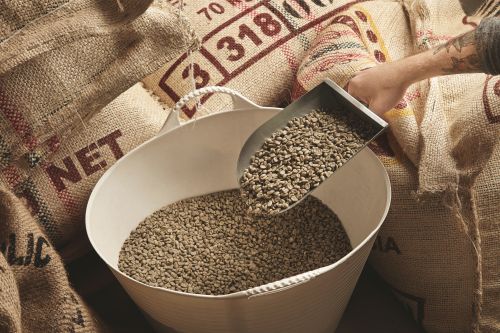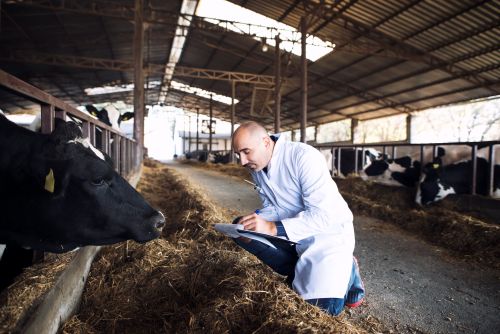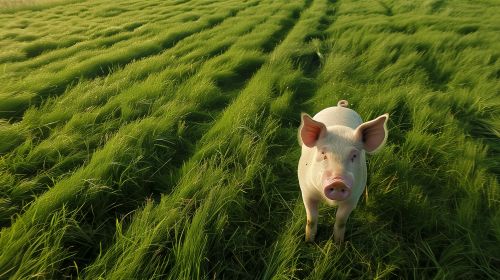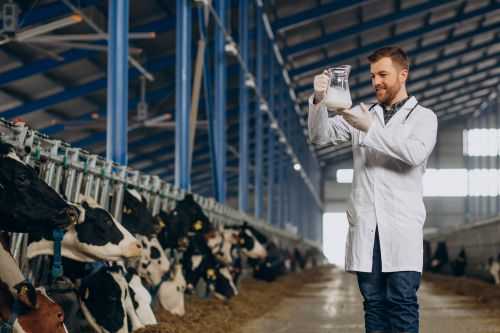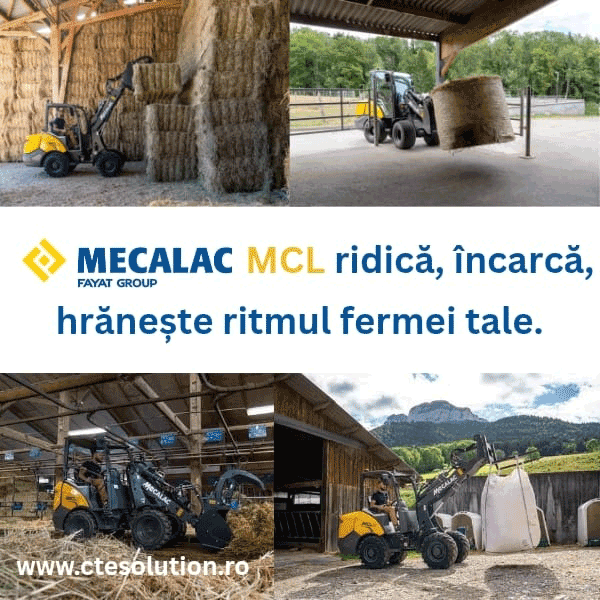
The robotics industry is projected to reach $218 billion by 2030 and will help the agricultural sector address climate change and labor shortages, according to the latest analysis by GlobalData.
Various Challenges
The global agricultural sector faces various challenges, including the impact of climate change and labor shortages. Robotics can assist agricultural companies in addressing these challenges by automating machinery and supporting vertical farming.
In this context, the robotics industry is expected to grow at a compound annual growth rate (CAGR) of 17%, from $63 billion in 2022 to $218 billion in 2030, forecasts GlobalData, a leading data and analytics company.
GlobalData's latest Thematic Intelligence report, "Robotics in Agriculture," reveals how robotics aids in achieving precision agriculture and supports workers in a new agricultural revolution.
Precision agriculture involves the use of agrochemicals in a prescriptive manner to minimize waste and pollution. This is particularly important given the simultaneous issues of increased food demand and rising labor and agricultural input prices.
Special Tasks
Holly Anness-Bradshaw, Associate Thematic Information Analyst at GlobalData, comments: "Robots can perform tedious and monotonous tasks that lead to injuries and fatigue. The agricultural industry is investing and innovating in many parts of the robotics industry, including drones, field robots, and robotic intelligence.
Robots can be found in vineyards, with Burro's robots assisting workers in transporting up to 500 kilograms of crops around fields and back to sorting houses."
The future of agriculture will be supported by robots that enhance the industry's workforce. Robots will aid workers in the agricultural sector, not replace them.
Major Companies Investing in Robotics
Anness-Bradshaw continues: "Traditional agricultural companies such as John Deere and Cargill, as well as agricultural startups, are hiring and innovating in robotics. The agricultural sector is becoming increasingly aware of the potential and necessity of robotics to support the workforce and increase agricultural productivity.
Traditional companies are partnering with startups, such as the partnership between John Deere and Blue River Technologies, which led to the launch of See & Spray. See & Spray is a robot that uses sensors and AI to precisely target weeds and spray pesticides.
Robots will support human workers by automating repetitive and heavy tasks, such as soil processing, but will also learn crop health and growth patterns."
Growth Patterns
Robots learn the growth patterns of specific products. With the integration of artificial intelligence (AI) with agricultural robots, this data is used to improve farm management strategies.
Anness-Bradshaw concludes: "Companies like Dogtooth aim to fully automate the strawberry lifecycle to alleviate the pressure of labor shortages leading to excessive food waste, so crops are not left unpicked."
